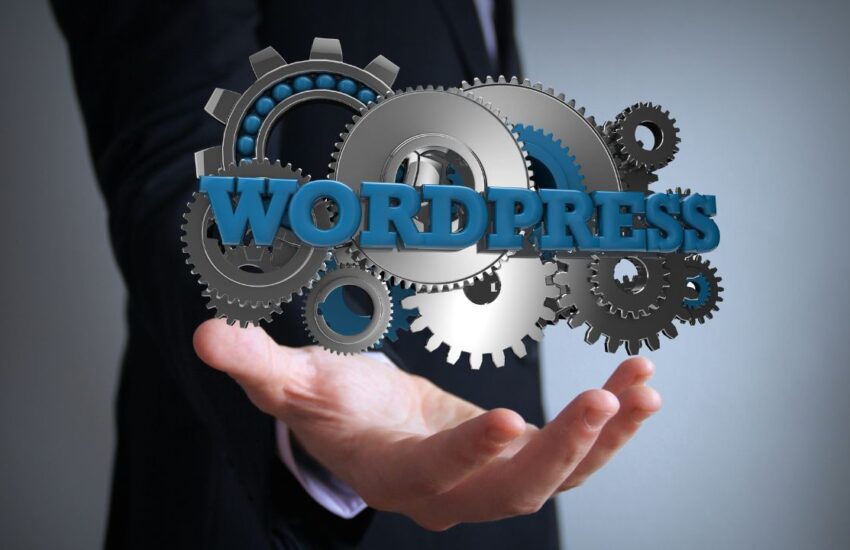How To Use Wix in 2024 A Complete Guide for Beginners
If you’re diving into website building in 2024, Wix remains one of the most popular choices. It’s a powerful platform that caters to beginners and experienced users alike. In this guide, I’ll walk you through everything you need to know about using this tool to create your website, from setup to marketing.
Getting Started
To start, you’ll first need to create an account using your email address. Don’t worry about entering payment details right away; you can explore the free plan before committing. Once you’re signed up, you’ll have two options: the Wix Editor or Wix Studio. Wix Studio is geared towards advanced users and agencies, while the Editor is perfect for most beginners. For this guide, I’ll focus on the Editor, which offers a straightforward drag-and-drop interface that’s ideal for small businesses and personal projects.
Setting Up Your Website
Once you choose the Wix Editor, you’ll be greeted by an AI chatbot that helps tailor your site based on your responses. For instance, if you’re running an online bookstore, the AI will ask about your goals and target audience. While the AI tool aims to streamline the process, I found it a bit slow and sometimes unresponsive. If you’re in a hurry, opting for a template might be a quicker route. Wix offers over 900 professionally designed templates that cater to various needs, from personal blogs to ecommerce stores.
Choosing and Customizing Templates
The template library is extensive, allowing you to filter by categories like “Professional CV” or “Beauty Salon.” You can preview templates in both desktop and mobile views. Keep in mind that once you publish your site, you can’t switch templates. Therefore, it’s crucial to select one that aligns closely with your vision or is easy to customize.
Domain Name Setup
Setting up a domain name is a key step in the onboarding process. The platform provides a free custom domain for the first year with their premium plans. If your desired domain isn’t available, it will suggest alternatives. After the first year, expect to pay around $15 to $17 annually for a .com domain. Alternatively, you can purchase a domain from registrars like GoDaddy or Hostinger.
Understanding Pricing
Various pricing plans are available, ranging from $17 to $159 per month, depending on your needs. The free plan is great for testing and familiarizing yourself with the platform but comes with limitations such as ads on your site and no custom domain. For ecommerce functionality, you’ll need to opt for the Core plan or higher. While the pricing is competitive, platforms like GoDaddy and Squarespace also offer good value.
Editing Your Website
The drag-and-drop interface allows you to add and customize elements like galleries, buttons, and forms. Although the editor can be a bit slow at times, it offers flexibility. You can add new sections, rearrange elements, and modify text directly on the page. The platform also includes a variety of stock images and editing tools to enhance your website’s visual appeal.
Creating and Managing Pages
Adding new pages to your site is straightforward. You can access pre-designed page templates for sections like “About” or “404 Error Page.” These templates can be customized further in the editor to fit your website’s design and functionality needs. Be sure to organize your pages effectively to ensure a seamless user experience.
Previewing and Publishing Your Site
Before publishing, use the “Preview” feature to review your site in both desktop and mobile views. This is crucial for checking the design, functionality, and overall user experience. Don’t forget to test all links and buttons. Once you’re satisfied with the final look and feel, click “Publish” to make your website live.
Setting Up Your Online Store
If you’re looking to sell products online, setting up an online store is easy. You can add physical or digital products, manage inventory, and set up payments through various gateways like Wix Payments or PayPal. The AI can even help generate product descriptions, saving you time and effort.
Exploring the App Market
Exploring Wix’s App Market Wix’s App Market offers a plethora of additional features and tools to enhance your site. With over 800 apps available, you can find solutions for everything from ecommerce to design elements. Some apps are free, while others require a separate subscription.
Marketing Your Website
Once your site is live, it’s time to focus on marketing. Built-in SEO tools help your site rank well on search engines. The SEO Assistant offers personalized recommendations and runs audits to improve your site’s visibility. Additionally, email marketing tools are user-friendly, allowing you to create campaigns and newsletters with ease. Social media integration is also a breeze, enabling you to manage posts and connect your social accounts directly from the platform.
Tracking Your Progress
Wix includes detailed analytics to monitor your website’s performance. You can track visitor stats, traffic sources, and more from your dashboard. Integrating with Google Search Console can provide even deeper insights into your site’s performance.
Conclusion
Wix is a robust and beginner-friendly platform for building and managing websites in 2024. With its easy-to-use editor, extensive template library, and powerful marketing tools, it’s a great choice whether you’re starting from scratch or looking to upgrade your current site. Give it a try and explore its features to see if it’s the right fit for your online presence.


